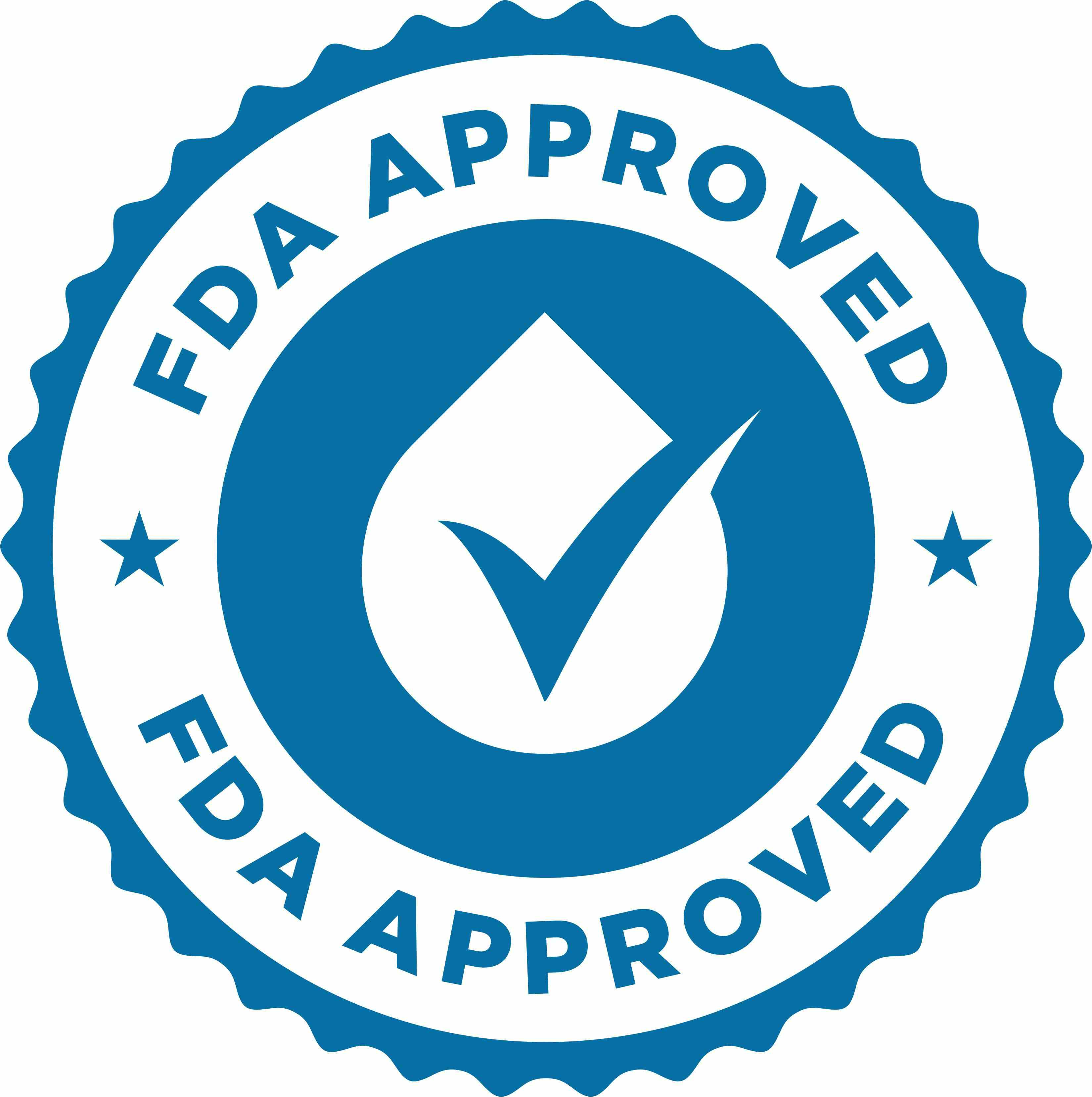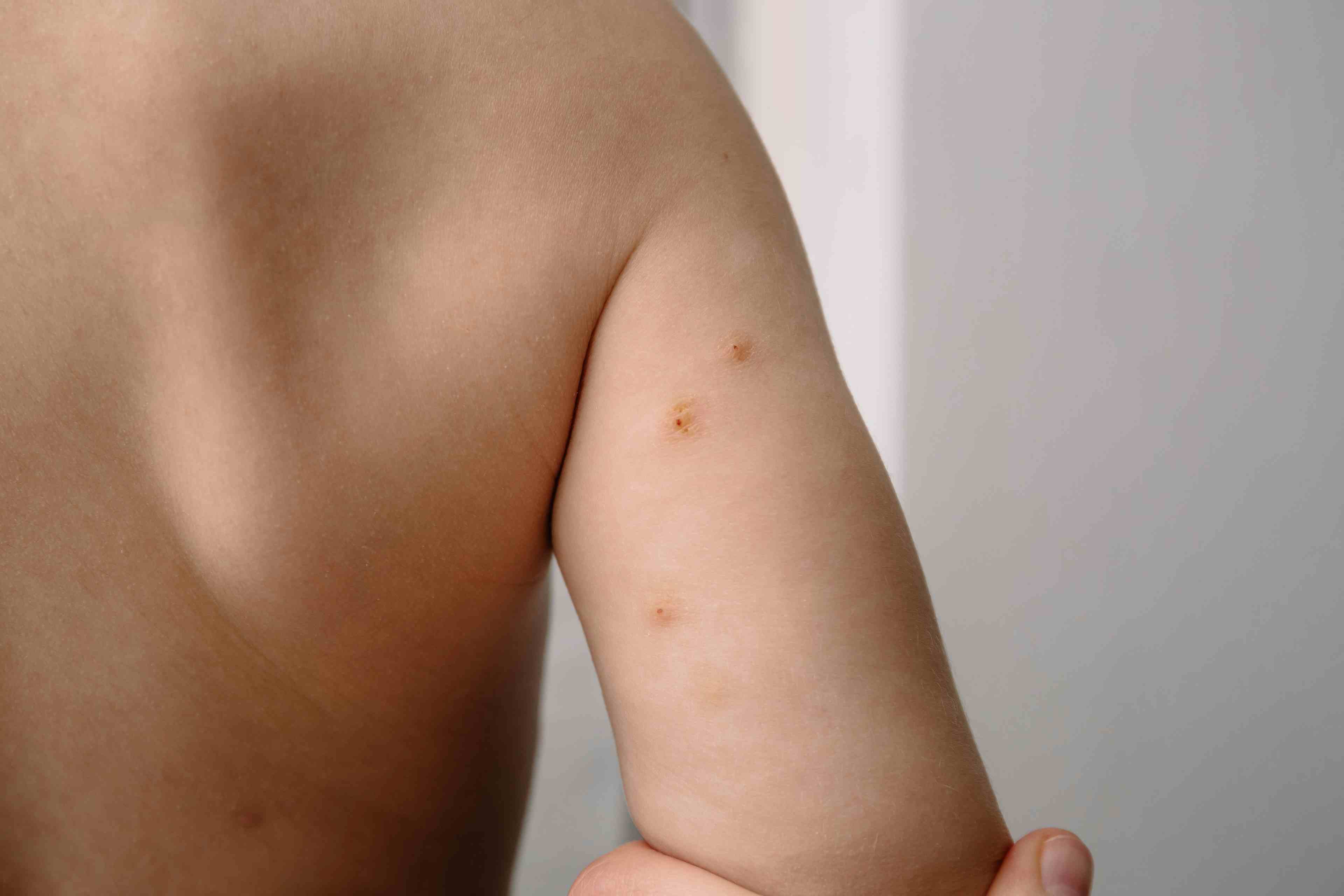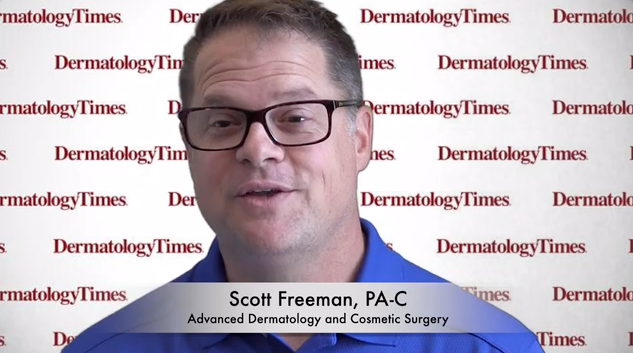- Acne
- Actinic Keratosis
- Aesthetics
- Alopecia
- Atopic Dermatitis
- Buy-and-Bill
- COVID-19
- Case-Based Roundtable
- Chronic Hand Eczema
- Chronic Spontaneous Urticaria
- Drug Watch
- Eczema
- General Dermatology
- Hidradenitis Suppurativa
- Melasma
- NP and PA
- Pediatric Dermatology
- Pigmentary Disorders
- Practice Management
- Precision Medicine and Biologics
- Prurigo Nodularis
- Psoriasis
- Psoriatic Arthritis
- Rare Disease
- Rosacea
- Skin Cancer
- Vitiligo
- Wound Care
Article
Cutiss, DenovoSkin Changing the Standard of Burn Care Across the Globe
CEO Daniela Marino, PhD, emphasizes that the Switzlerand based company has received Orphan Drug Designation from the Swissmedic, EMA, and FDA, for its personalized human skin graft.
Photo courtesy of Cutiss

Severe burns and wounds can often leave the skin scarred and disfigured. Large skin grafts taken from other areas of the body can also increase the risk of additional scarring and corrective surgeries. Cutiss, a Switzerland-based clinical-stage life sciences company with a focus on regenerative medicine, tissue, engineering, and skin pigmentation, is working to change the way severe burns and wounds are treated. To challenge the current standard of care of autografting for burns and wounds, Cutiss is developing denovoSkin, a personalized human skin graft that can be bio-engineered in large quantities to grow with the patient’s healing skin.
Dermatology Times® recently spoke to Cutiss’ co-founder and CEO, Daniela Marino, PhD. Marino recently spoke at the 2023 American Burn Association meeting in Dallas, Texas, to review how denovoSkin can change the way physicians manage their patient’s severe burns. According to Cutiss, “To bio-engineerdenovoSkin, a small biopsy of healthy skin is harvested from the patient. The biopsy is processed to isolate epidermal and dermal cells. The cells are expanded in vitro, and thereafter used in combination with a hydrogel to create a dermo-epidermal skin graft.”1
DenovoSkin has received Orphan Drug Designation from the Swissmedic, the European Medicines Agency, and the US Food and Drug Administration, and is in the planning stages of phase 3 clinical trials.
Transcript
Marino: Daniela Marino, the CEO and co-founder of Cutiss, a company based in Switzerland Europe.
Dermatology Times: Can you please provide an overview of Cutiss and your role within the company?
Marino: Sure, I am a biotechnologist. And I happened to be a researcher in a university hospital lab where a group was trying to bioengineer human skin to treat patients with burns and big skin defects. During my research times, I helped the group secure the financing to do a first human test. And when the first human test turned out to be positive, I envisioned the idea of creating a company which is now 6 years old, co-founded by me, to take this product forwards all the way up to reaching the patients, which means reaching the market. The product that we are developing is a personalized skin tissue graft that we grow in large quantities starting off from a small piece of healthy skin of the patient. So it's a personalized therapy, which is leading to the creation of human skin on demand to treat patients which needs additional skin given an accident, like a burn, but also a need for a plastic surgery after a trauma or removal of a scar or other indications.
Dermatology Times: Can you please provide highlights from the American Burn Association meeting you recently attended?
Marino: Yeah, so this was the first time I attended live the American Burn Association. And it was very interesting to see that there is a lot of innovation of the benefit of the patient. And this innovation, however, is supporting the standard of care, meaning that the only way as of today to replace the missing human skin still is to take skin from somewhere else in the body and apply it on the wounds. Now there is new technologies, which can help the patient getting debrided quickly, recover quickly, bridged quickly. But it was very interesting for us to see that indeed, Cutiss is the major player when it comes to replacing the standard of care. So instead of taking skin from the left and put it on the right, we can bioengineer skin from a small piece in the laboratory on demand.
Dermatology Times: What makes denovoSkin unique compared to other products currently available to treat severe burns in the US and Europe?
Marino: Absolutely, so we are positioning the product as a replacement of the standard of care. And our product is a bilayer. So it's composed of an epidermis and a dermis. And it's personalized, it's made with the cells of the patient. And it's promising to provide skin on demand to cover large surfaces, but also to improve both functional and aesthetic outcomes after transplantation by minimizing scarring. So it's a double-edged sword property, creating a lot of skin from a small piece and trying to improve finally, the quality of life of patients in terms of functionality and aesthetics.
Dermatology Times: What do you want physicians to know about denovoSkin and Cutiss who may not be familiar with your work yet?
Marino: Sure, I love this question because we are definitely not the first ones which tried to do a bilayer skin graft, we may not even be the last ones trying to provide a skin graft. However, Cutiss is really committed to make sure that this product, once on the market, will be accessible. We have been working for the last 6 years on a unique innovative automation platform for the manufacturing of the product in a decentralized and close to point of care in a situation so that we can really lower the cost, increase robustness, and make sure that the product once proven safe and efficacious, can actually be accessible for the patients and the professionals which will be able to use it in routine. Hopefully, that's the dream.
Dermatology Times: What are the next steps for denovoSkin being approved by the Swissmedic, EMA, and FDA?
Marino: Yes, so we have already completed safety studies, we have 5 years follow up. So the product is considered safe and we have now just released the news beginning of 2023 by saying that our efficacy endpoint in a phase 2 trial is being reached with significant statistical significance and we are now preparing for phase 3 which is in the biologics or ATMP regulation, the last step to get authorization for the commercialization of the product. We have also received by Swissmed, EMA, and FDA an orphan drug designation for the treatment of burns, which may accelerate at one point the authorization but the clinical trial phase 3, which is the last is in the planning phase right now. So we see the light at the end of the tunnel.
Dermatology Times: Do you have any closing remarks?
Marino: The company I'm running has a very big challenge ahead. Clearly this is a very unique opportunity for us to disrupt the skin transplantation market and it needs a lot of talent. So I'm blessed by having a very experienced team with me which basically makes the whole machine running. And this is also not a very cheap experiment to do. So, the company has been successfully fundraised so far but of course we are always looking for additional funding. So, we know the challenges and we are trying to reach the observation to make sure that this product can reach the market as soon as possible.
[Transcript edited for clarity]
Reference
- Our solution. Cutiss. Accessed June 6, 2023. https://cutiss.swiss/our-solution/
Newsletter
Like what you’re reading? Subscribe to Dermatology Times for weekly updates on therapies, innovations, and real-world practice tips.















